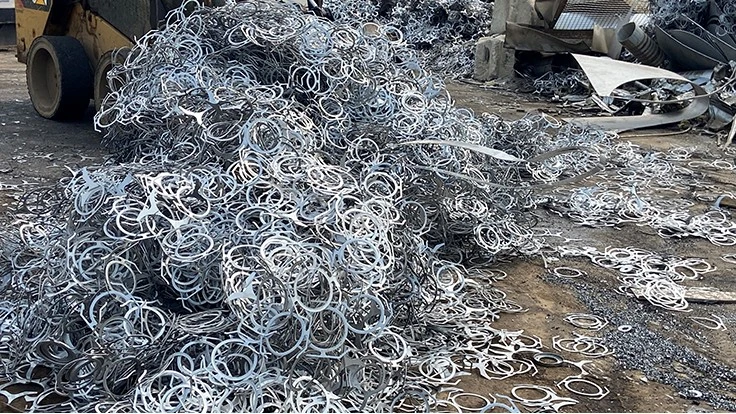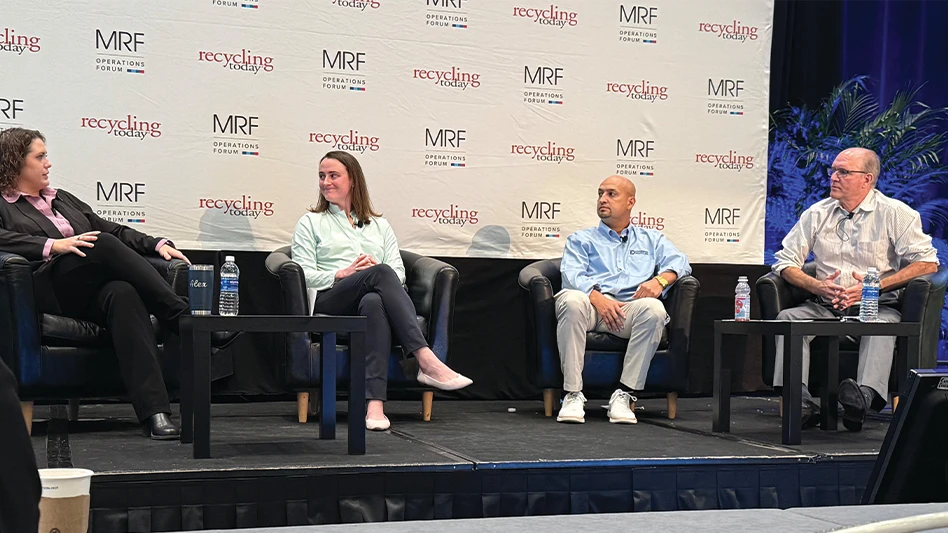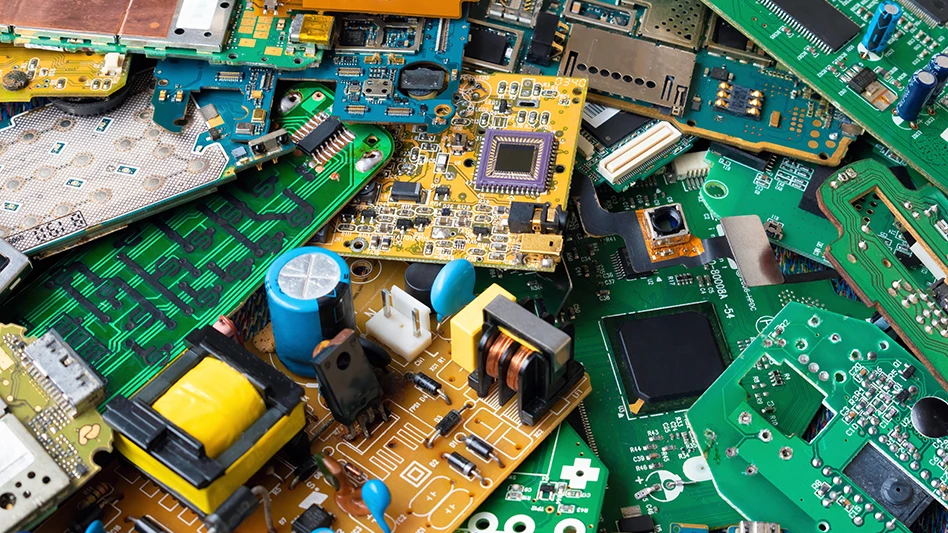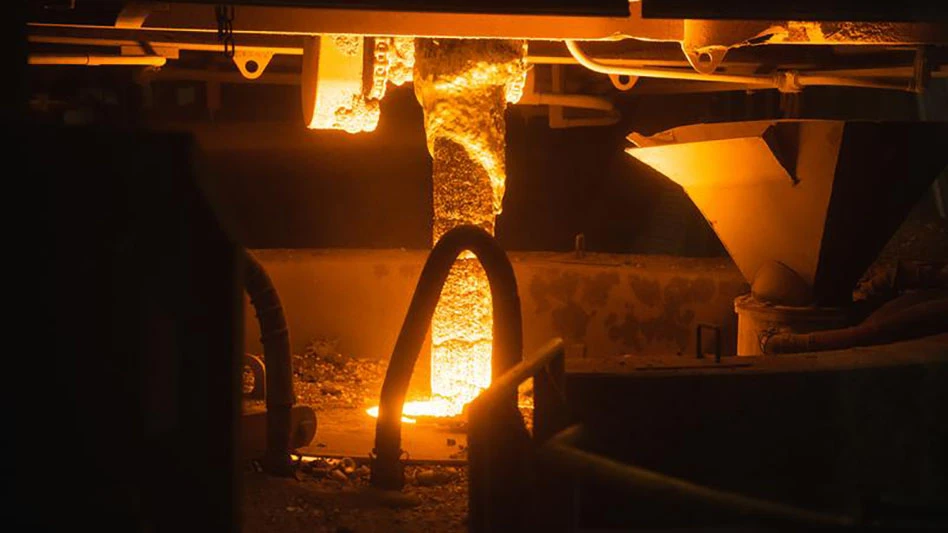
Recycling Today archives
Nonferrous markets have been experiencing extreme volatility since April but seem to have found more solid footing as of mid-August, sources say.
An executive with a scrap processing company based in the Midwest says markets have been more stable for the last three to four weeks as of mid-August, following sinking prices from mid-June through mid-July. Depending on the metal, prices are 22 percent to 38 percent lower now than they were in the first quarter of the year. The falling prices come after steady increases that were seen over the previous 16 to 18 months, he adds.
Despite the volatility that has characterized markets recently, the executive says the flow of scrap into his company’s yards has been “pretty decent,” as has demand.
An executive with a nonferrous metals processor based in the Northeast says supply and demand are balanced, though his company has not yet returned to the volumes it saw prior to the pandemic. “Segments of our book of business are missing, and it has been really challenging to replace them.”
Despite that, he says July was the company’s best month for shipments, though it didn’t feel like it at the time because demand was spotty overall.
While copper markets in particular have been volatile, the Northeast-based executive says scrap spreads relative to the COMEX copper price “have not really moved,” which is “incredibly unusual.” He adds, “Spreads usually open up as COMEX goes up, but through the ups and downs, they have remained consistent.” This tells him transactions are based on actual needs rather than in response to COMEX price movements.
Insufficient staffing and high turnover continue to be a problem for companies along the supply chain, the contact in the Northeast says. This is leading to quality issues. “A supplier whose material is normally pristine we now have to spend more time sorting through. This is one of the ways we’re seeing this manifest,” he says of the personnel issues.
The contact in the Midwest notes the effects inflation is having on his company, particularly when it comes to transportation. “Outbound freight is no longer a penny a pound,” he says, adding that it is probably closer to 2 cents to 2.5 cents on shipments within the Midwest. Drayage for overseas shipments increases that cost by 1 cent to 1.5 cents per pound.
He describes demand for No. 2 copper and other secondary red metals grades from Europe and Asia as being good, though he says these consumers are not competitive on No. 1 copper or bare bright. Getting bookings on containerships also has become less challenging.
Domestic demand for aluminum extruded grades from billet makers is strong, the executive based in the Midwest says, while demand from the secondary mills “certainly has gone down.” While material is moving, he says the spreads relative to the terminal market are beginning to widen and the Midwest premium has contracted.
Latest from Recycling Today
- AF&PA releases 2023 paper recycling rate, unveils new methodology
- ARA names new president
- Aurubis invests in Lünen, Germany, site
- ILA, USMX negotiations break down
- Van Dyk hires plastics industry vet to expand footprint in PRF sector
- Li-Cycle closes $475M loan with DOE
- Report highlights consumer knowledge gaps in lithium battery recycling
- AMP names CEO





